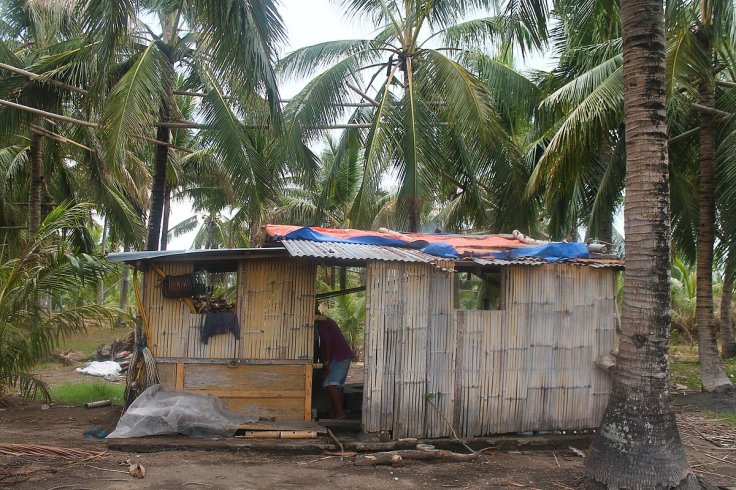Some Christmas parties in the Philippines turned tragic when at least eight people died after drinking coconut wine. As many as 120 people stricken with the toxic concoction have been hospitalised. Most of the victims were celebrating at Christmas parties, the local health authorities said on Monday.
The drink-poisoning from the wine, locally known as lambano, happened in Laguna and Quezon provinces south of Manila. Lambanog is a strong local wine with high alcohol content that usually ranges in 80 to 90 proof alternatives. The victims attended different Christmas parties but had bought the drink from the same shop, Rizal police chief Capt. Lindley Tibuc said.

Stomach pain and dizziness
"Based on accounts of the victims, it turns out that they drank one and the same brand of lambanog, which they bought from Rizal town," Tibuc said, according to the Philippines Star. Following the deaths, the local government of ordered the closure of the lambanog shops. The municipal authorities save not released the names of the victims in Rizal. In the other regions, the victims have been identified.
The report said the victims suffered from stomach pain and dizziness after they drank the local wine. Some of the victims are in a serious condition, with at least two in coma at Peter Paul Medical Center hospital. The disaster management authorities in Rizal collected samples of the lambanog sold in the shops in the region.
Rizal town in Laguna was the worst hit, with as many as seven deaths happening there. More than 100 victims were also hospitalized. The drink party was held on Friday night at the house of one of the victims in Barangay Pook in Rizal town, spokesperson of the CALABARZON regional police said, according to the Manila Bulletin.
"There was a celebration at the house of the victim because it was the first birthday of her daughter," the spokesman told the daily. "There were leftover coconut wine and these were taken to the Crime Laboratory for examination," another officer said.
What is Lambanog?

Lambanog, made from coconut, is well-known for its strength and is mostly produced in the Quezon Province of Philippines. According to Lambanog.com, the drink has been passed down throughout generations of coconut plantation farmers. "The procedure includes collecting the sap from the coconut flower, comparable to rubber tree tapping. The sap is then prepared and fermented to turn into tuba, a popular coconut toddy. The tuba is then distilled to make lambanog."
The website continues on the production method: "Besides water, the whole coconut wine making revolves around the fermentation and distillation of a solitary ingredient– the sap of unopened flowers from a coconut palm (Cocos Nucifera). Each early morning at dawn, men known as toddy tappers move among the tops of coconut trees utilizing connecting cordages not unlike tightropes. A single tree may contribute up to 2 liters per day."









